Turtle Hospital
Bahia Honda State Park
Bahia Honda State Park, located at mile marker 37 in the Florida Keys, is made up of over 500 acres and an offshore island that is waiting for you to explore. Henry Flagler’s historic Overseas Railroad is a stark reminder of the 1937 Category 5 Labor Day Hurricane.
Bahia Honda State Park is best known for its beaches, Calusa and Sandspur Beach. Favorite water activities include snorkeling, swimming, and scuba diving. Canoeing, kayaking, and boating are popular with easy access to both the Gulf of Mexico and the Atlantic Ocean. Watch for sea turtles and bottle-nosed dolphins.
Snorkeling tours offer the opportunity to explore the sea life at Looe Key National Marine Sanctuary. Look for starfish, spiny lobsters, queen conchs, and nurse sharks.
Saunter along the nature trail that leads you to the Old Bahia Honda Bridge. Enjoy the view while you admire herons, egrets, and ibises. A 3-1/2 mile hard surface road runs the length of Bahia Honda and is a perfect way to enjoy the park on your bicycle.
Bring your lunch and eat at a picnic area with a grill. Leashed pets are allowed in very limited areas.
For those who want to take a few days to experience all that Bahia Honda State Park has to offer, campsites are available for tents and RVs. There are six furnished cabins that accommodate 6 people in each.
Be sure to stay for stargazing. Bahia Honda Key is the darkest location in the Florida Keys.
For more information: https://www.floridastateparks.org/bahiahonda/
Photo Credit: Dan, Nancy, and Christian Kon
Blue Hole in Big Pine Key
The Blue Hole in the National Key Deer Refuge
Located on Big Pine Key, the Blue Hole offers a short trail and observation deck where you can immerse yourself in nature.
The Blue Hole is a large sinkhole. The sinkhole became a quarry and the limestone was used to construct roads in The Keys as well as Henry Flagler’s Oversea Railroad. After being included in the National Key Deer Refuge, the Blue Hole was replanted with native vegetation and returned to nature.
The water in the blue hole is a freshwater lens. This means that freshwater from rainwater floats on top of the saltwater that lies underneath. The Blue Hole provides a unique ecosystem for the wild plants and wildlife that thrive there.
The Blue Hole is included in the Florida Keys Birding and Wildlife Trail. Look for Key Deer, fish, alligators, turtles, iguanas, and a variety of birds (including wading birds), and snakes.
Sea level rise is an immediate threat to the Blue Hole. Lying only 3 to 6 feet above sea level, freshwater in wetlands in the Keys will become brackish or saltwater habitats if the sea level continues to rise. Mud turtles, marsh rabbits, and endangered Key Deer will be impacted by the loss of freshwater. When we make choices that protect our planet from climate change, we ultimately are protecting Florida and all of its inhabitants.
Photo credit: Dan Kon, Christian Kon

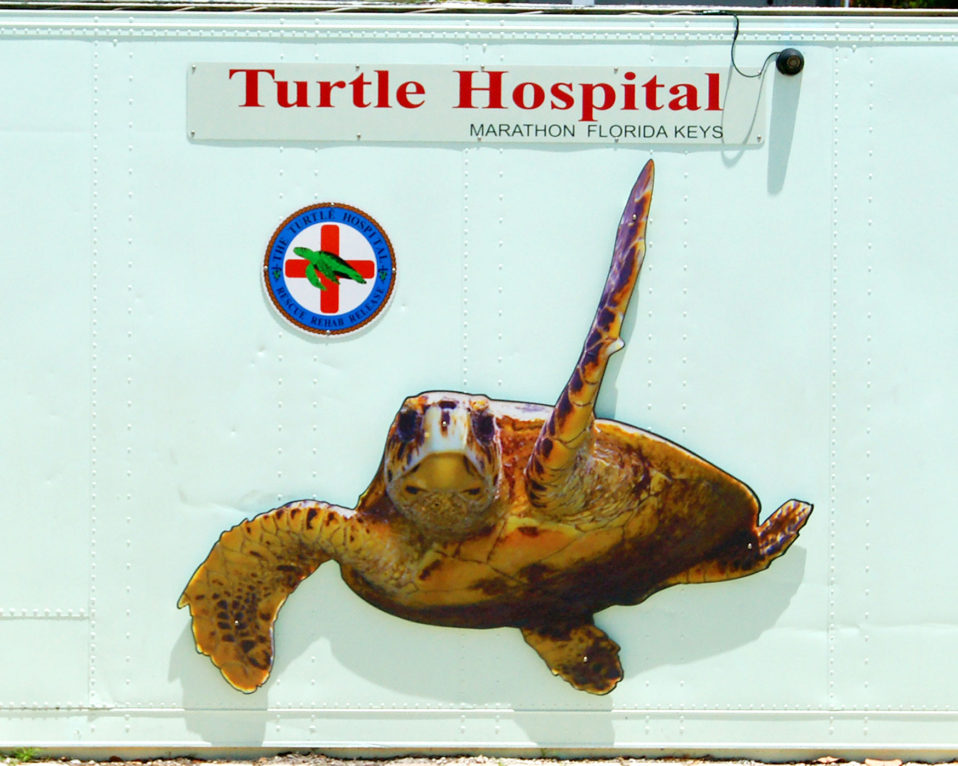
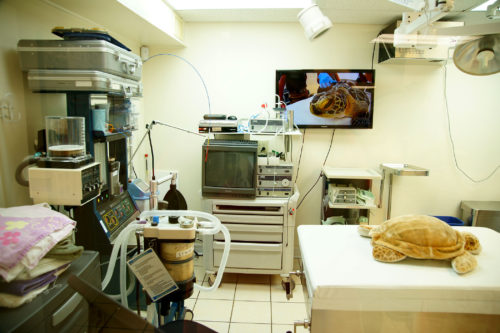
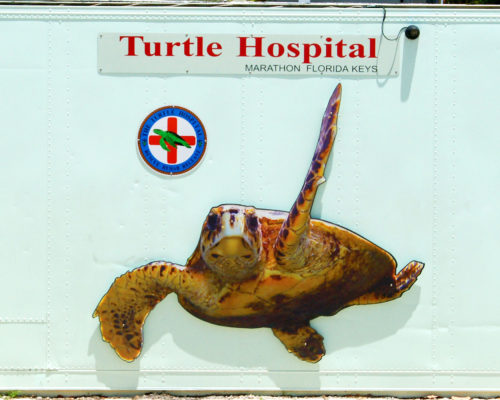
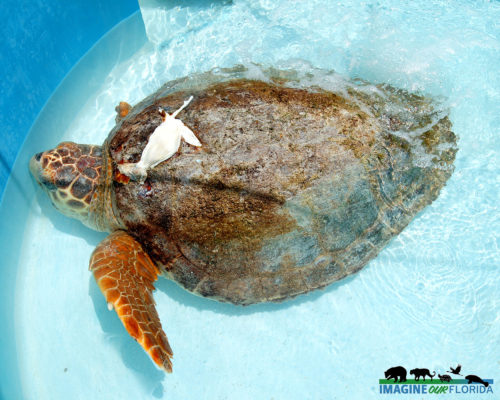
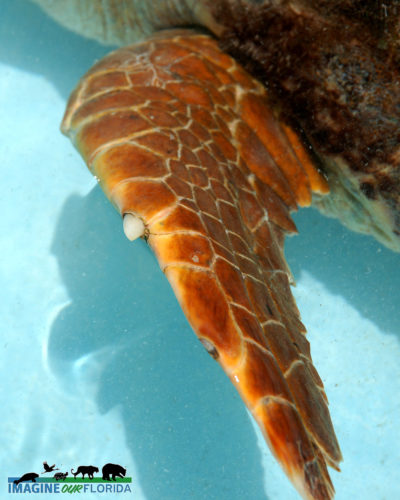
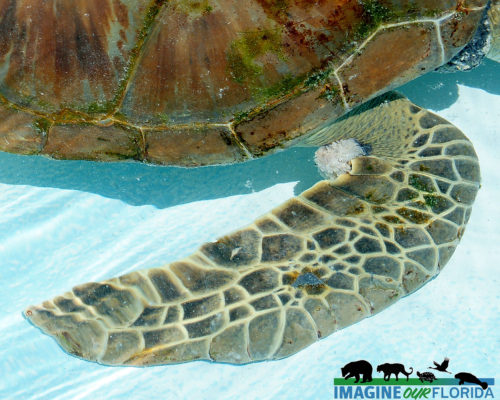
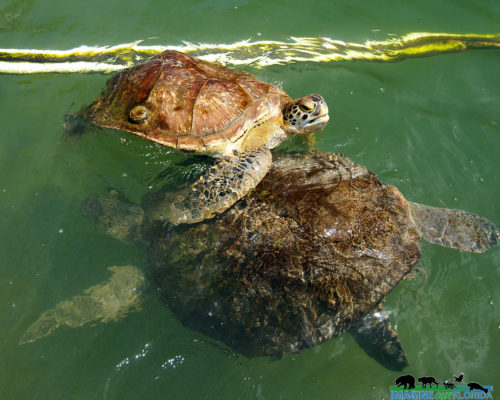
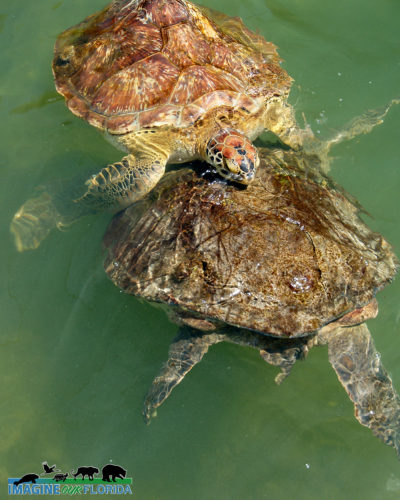
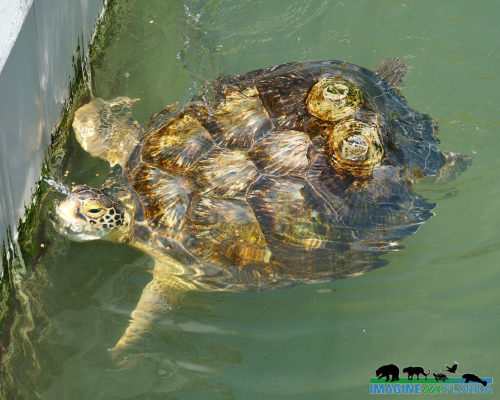
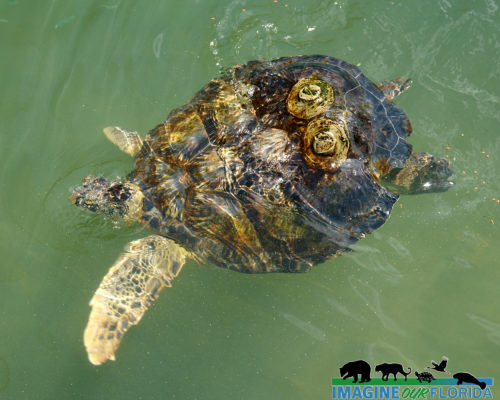
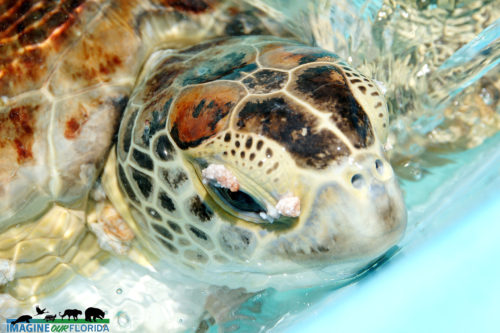
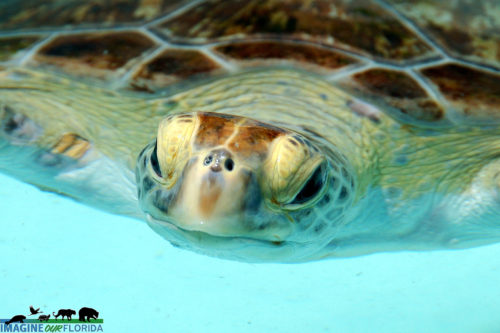
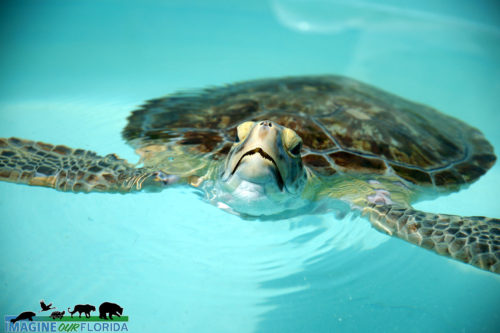 tle
tle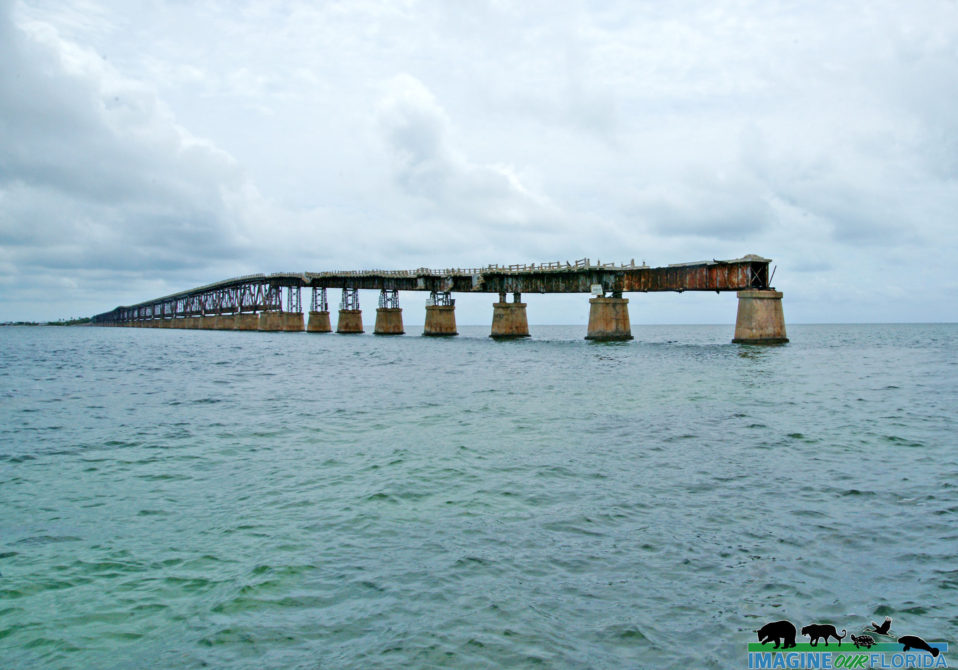
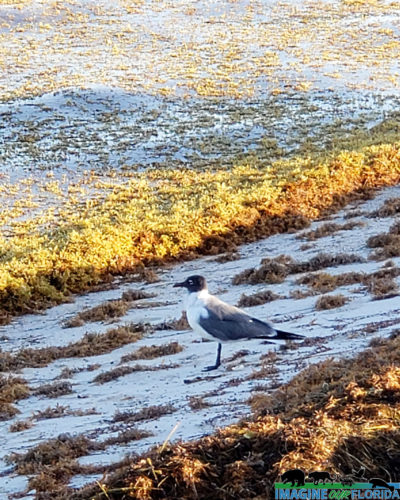
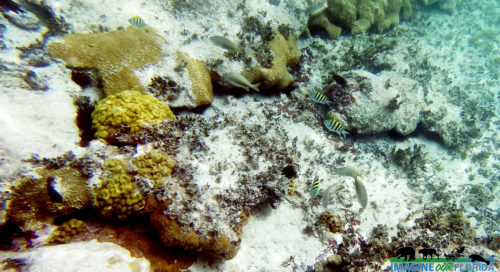
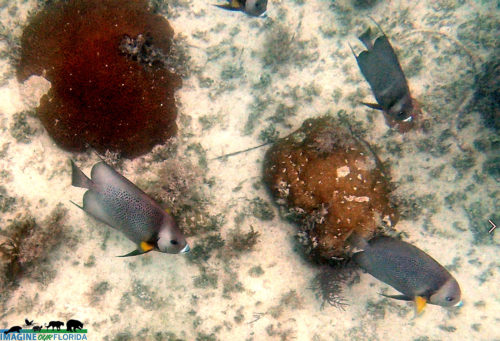
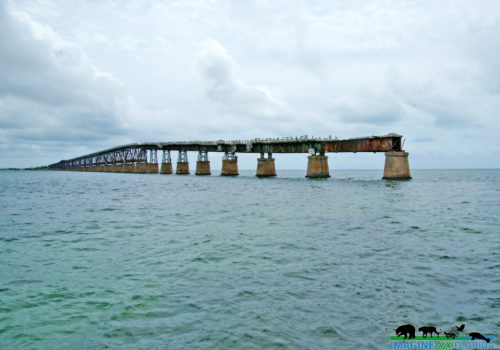
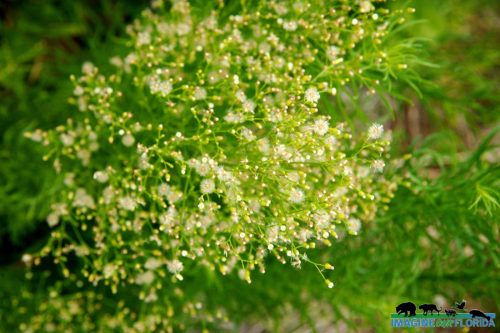
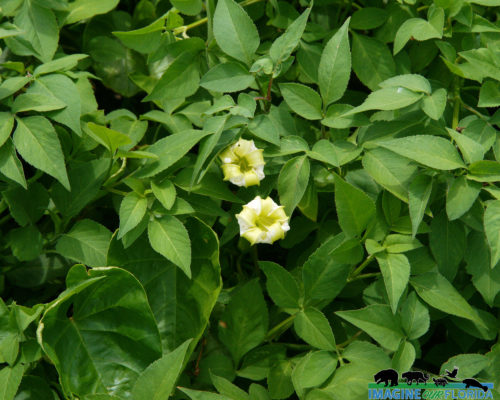
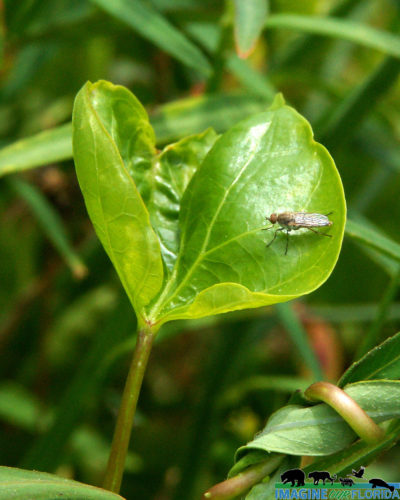
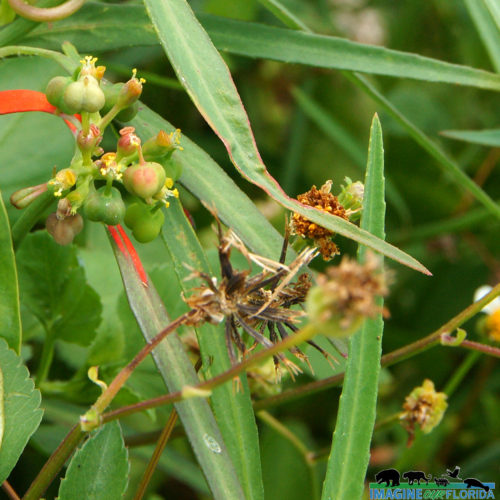
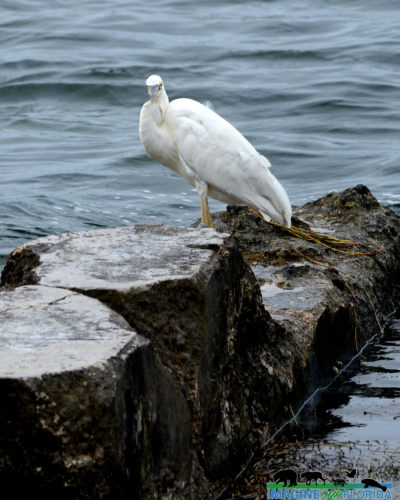
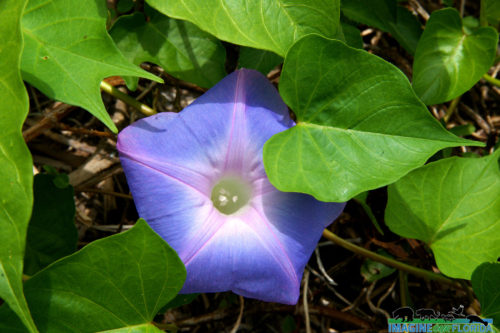
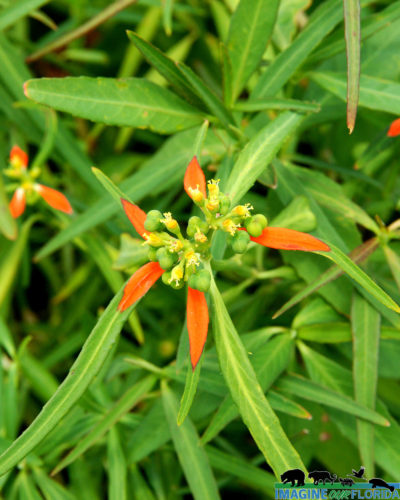
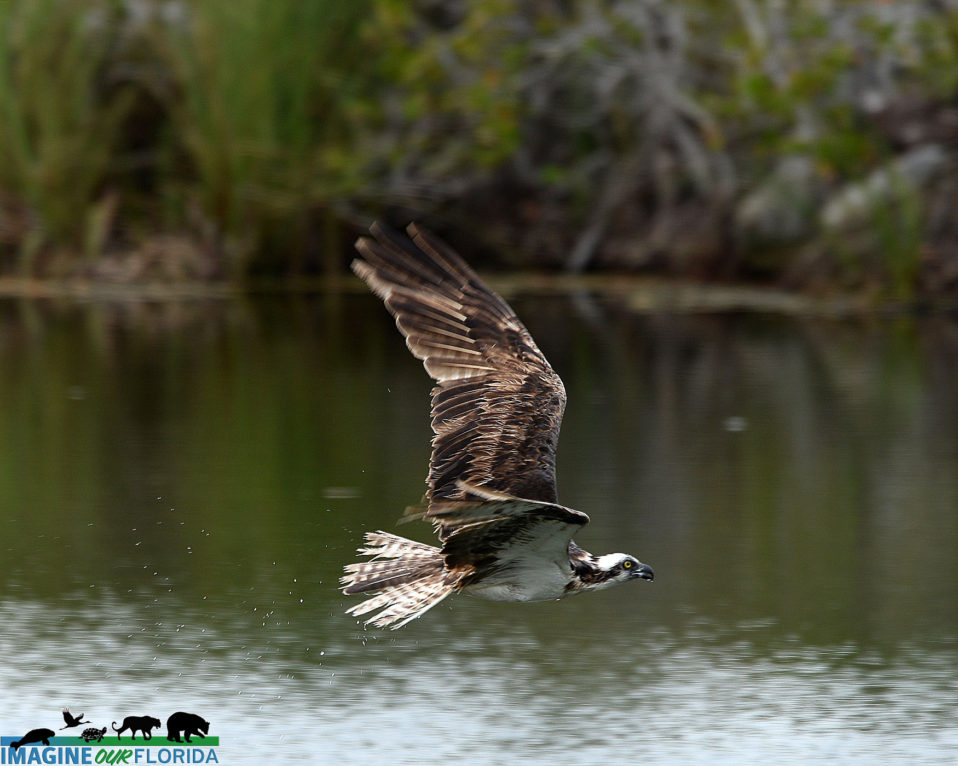
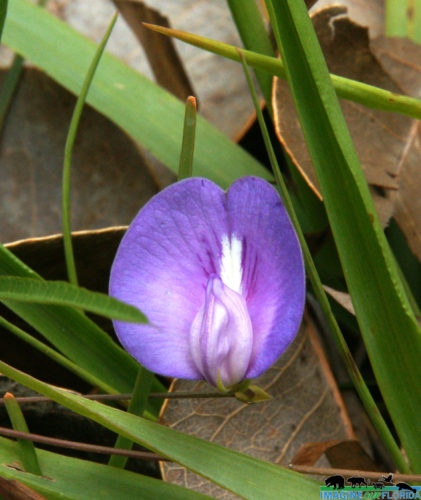
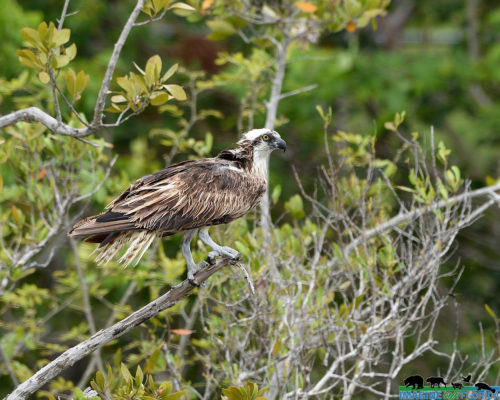
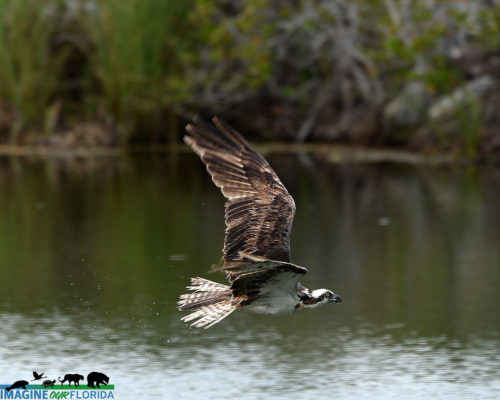
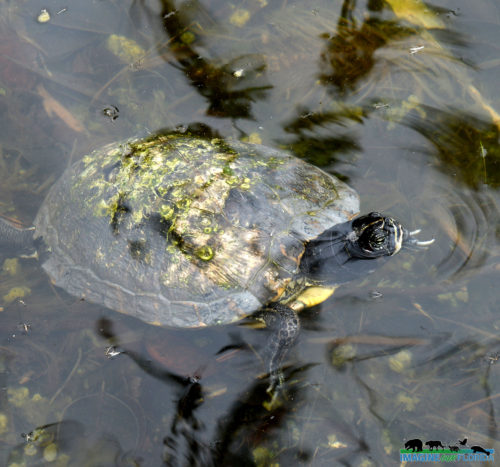
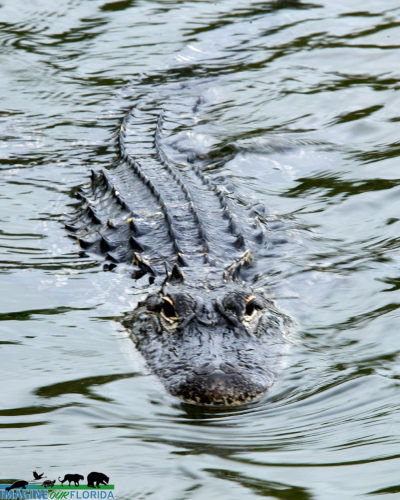
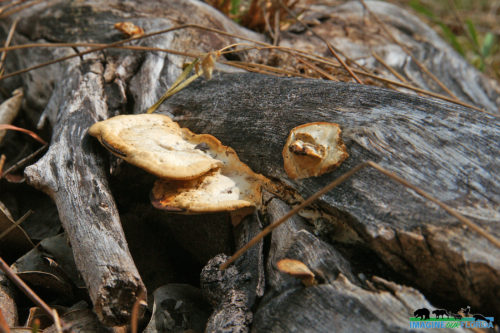
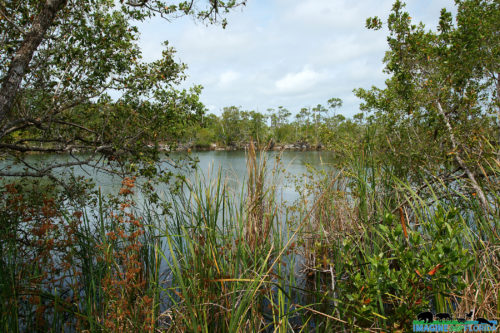
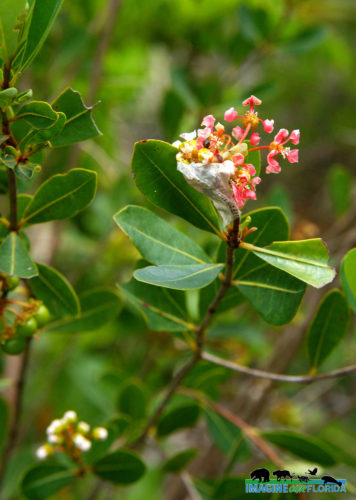
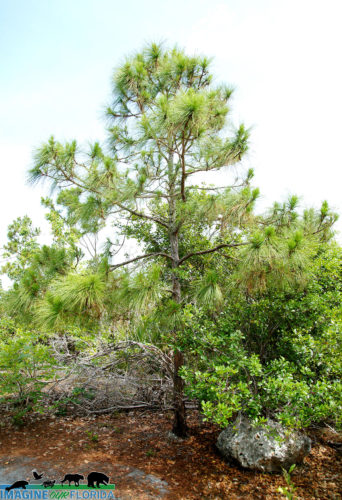
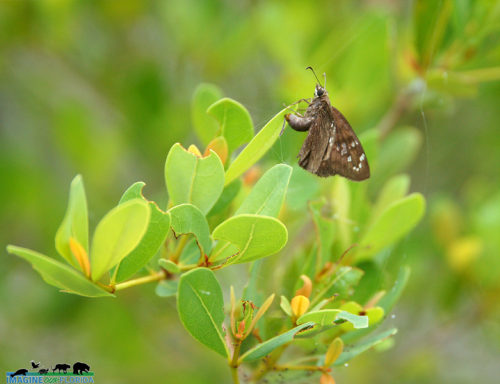
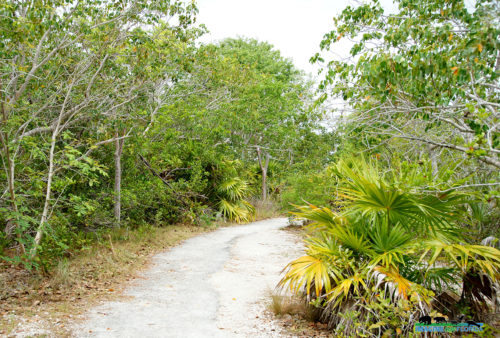
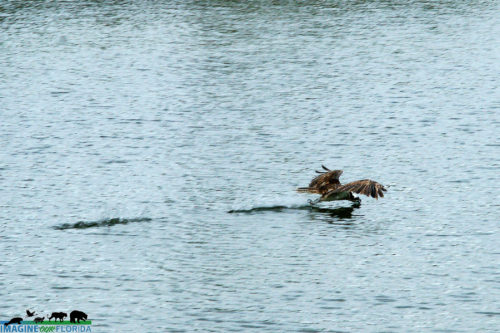
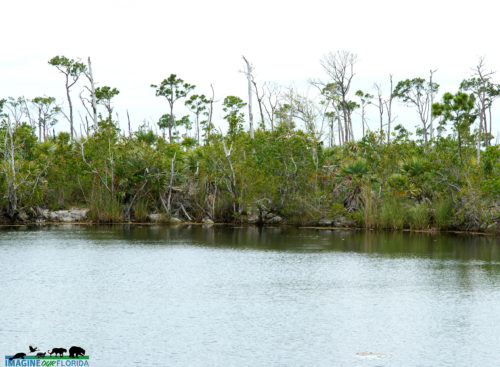
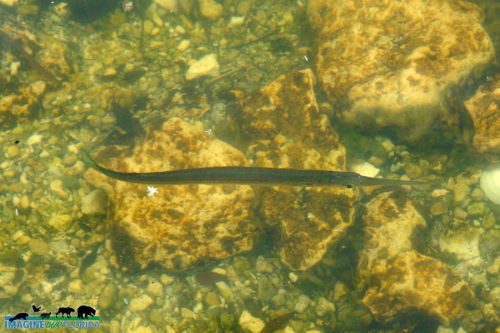
Recent Comments